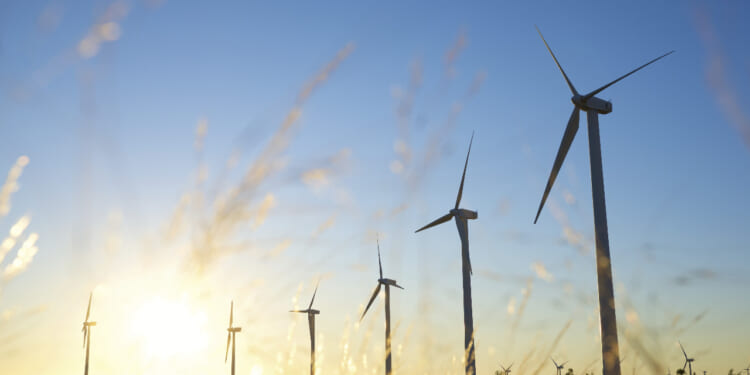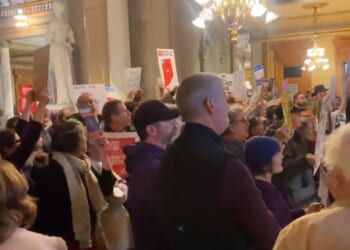Watt’s Happening aims to provide breaking news, sharp analysis, and thoughtful commentary from the cutting edge of the energy sector as this dynamic area of the world continues to expand and grow before our eyes.
Weekly Highlights:
Clean Energy Accelerates but Falls Short of Expectations
There is a saying that sometimes “you can be so close, yet so far.” This saying certainly applies to clean energy. The good news is that the world has obtained 582 gigawatts of power over the course of 2024. The bad news is that this is not enough to make steady progress toward the goal of 11.2 terawatts by the end of the decade. According to the International Renewable Energy Agency, this means “adding 1,122 gigawatts annually.” The report also states that the focal problems precluding further green energy development include issues with the supply chain and financial underinvestment.
Hyundai Pushes Forward With Green Steel
When Korean car company Hyundai recently made the papers in the United States, it didn’t have anything to do with green energy or even its cars. Instead, it was thrust into the spotlight because of a United States Immigration and Naturalization Services raid on one of its factories in Georgia, which led to the arrest of many of Hyundai’s workers there. Despite this diplomatic faux pas, Hyundai is still planning on developing a green steel factory in Louisiana that should come alive in 2029. This is a very good thing, because similar projects by the Swedish company SSAB and Cleveland-Cliffs saw their companies pull out in the wake of President Trump’s inauguration.
Two Is Greater Than One
Here’s an experiment. Notice how easy it is to break a stick when it’s on its own? Notice how hard it is when there are several sticks bound together? It’s the same with green energy projects, as Maine and Connecticut have teamed up on a project before the opportunity to get federal tax credits expires as a result of the passage of the “Big, Beautiful Bill.” The urgency of working together has only been underscored by the fact that the two states have pledged to have 100 percent of their power be renewable by 2040. So, the two states entered into a partnership when Maine’s Department of Energy Resources reached out to Connecticut’s utility commission, enabling the two states to assess project bids given to the other state in light of their own needs and abilities.
Indiana’s Solution to Powering Data Centers
The need to power the data centers that are driving the AI revolution is, by now, an open secret that everyone knows. And Indiana seems to have found a solution, albeit a controversial one. The state’s main utility company, called Northern Indiana Public Service Co., has spun off a subsidiary. This subsidiary is, apparently, not subject to state regulations and requirements regarding the construction of new power plants in the state and will avoid imposing costs on consumers. Critics disagree with the merits of this move, saying that it not only imperils the state’s green energy transition, but it also interferes with the energy market and sidesteps important safety regulations.
Federal Judge Issues Order to New York
When we were small children, some of us didn’t want to do the things that we were required to do because they were “hard” or “difficult.” And we were told that neither was an acceptable excuse. The same is true with the state of New York, according to a recent judicial decision. In 2019, the state passed a law that gave the state’s Department of Environmental Conservation until 2024 the authority to set the targets the state needs to meet its ambitious green energy requirements. It is now 2025, and it has still failed to do so, arguing in court that doing so would “require imposing extraordinary and damaging costs upon New Yorkers.” Ulster County Supreme Court Judge Julian Schreibman disagreed and stated that either the state legislature can amend the 2019 law or the department can do its job.
About the Author: Toni Mikec
Toni Mikec is the managing editor for Energy World, a publication of the Center for the National Interest. Before that, he worked as a political consultant for Your Voter Guide in Sacramento and as a senior editor at Eagle Financial Publications in Washington DC. He holds a B.A. in International Relations (summa cum laude) from the University of California, Davis and a M.A. in International Relations and International Economics from the Johns Hopkins School of Advanced International Studies.
Image: Shutterstock/WINDCOLORS


















